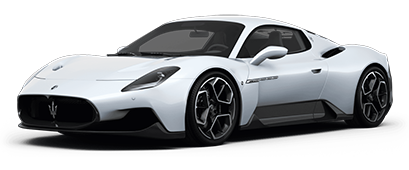One of the things I wondered about the little bluetooth speakers with the built in amplifier, EQ and goodness knows what else, is whether the manufacturers include motional feedback, whereby the actual movement of the driver cone is monitored, compared with the input signal, and the output signal of the power amplifier is adjusted to suit, microsecond by microsecond, so that the resultant movement of the driver cone has more to do with the input signal and less to do with enclosure resonances than it otherwise might.
I remember the huge improvement in loudspeaker sound (particularly imaging) that accompanied the arrival of rare earth magnets and I am struggling to understand what technology change has resulted in tiny little speakers sounding so good (not as good as real ones, of course, but startlingly better than their size would have indicated.) Is it really just a general improvement in loudspeaker design? If so I need to listen to a whole range of modern (passive) bookshelf speakers. Perhaps Mrs Surrey might yet get her shoebox sized speakers.

